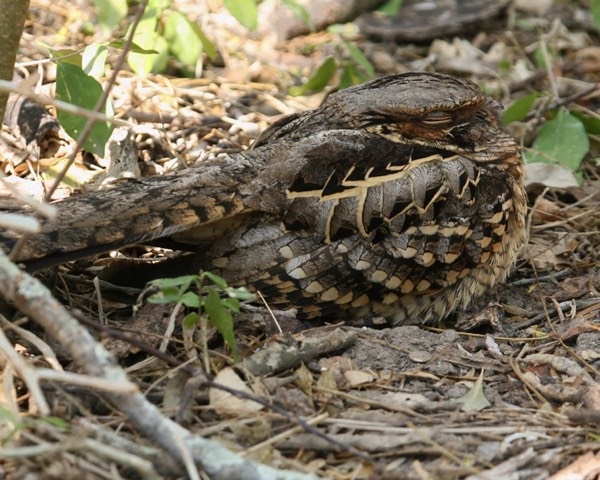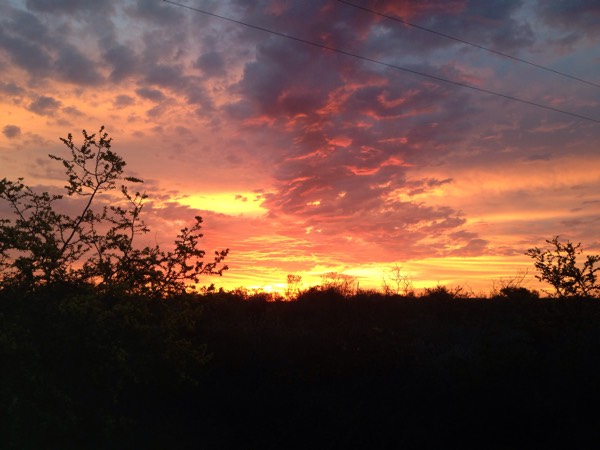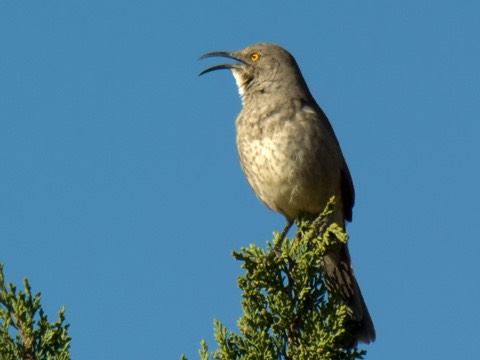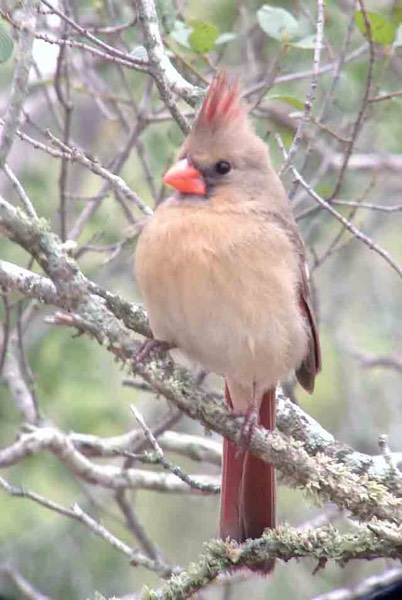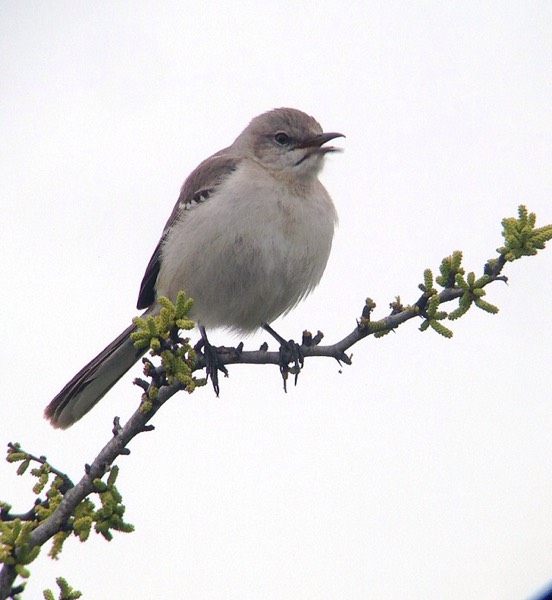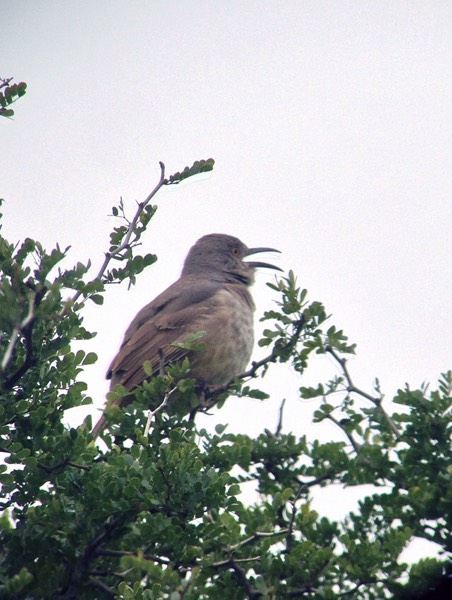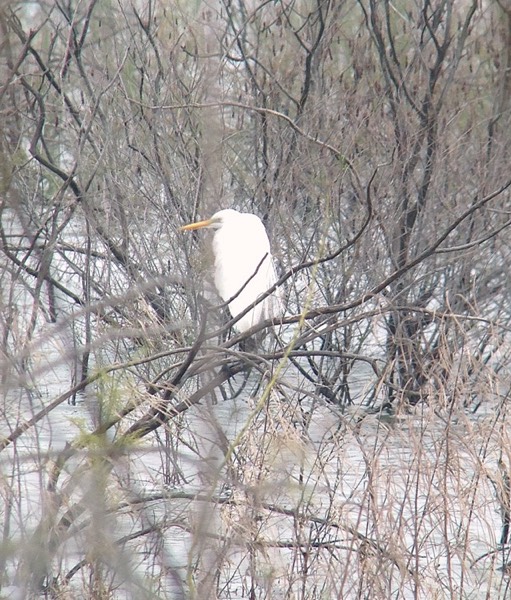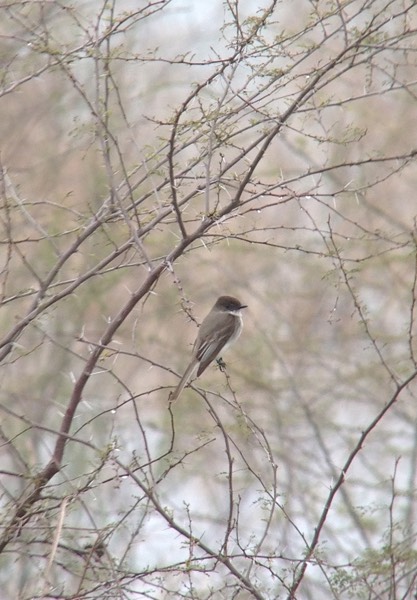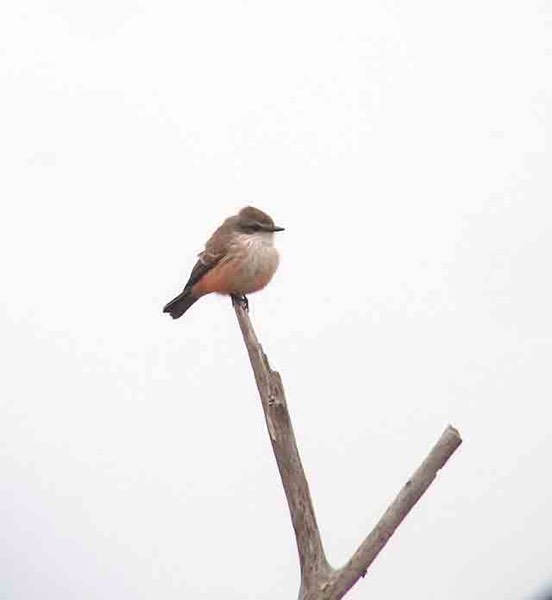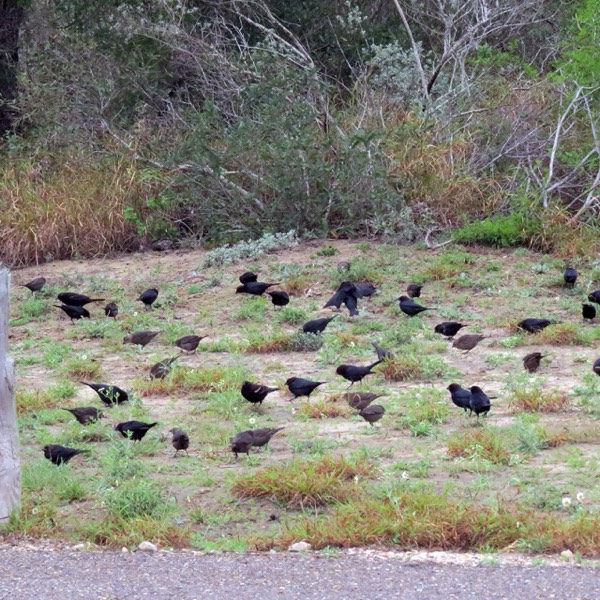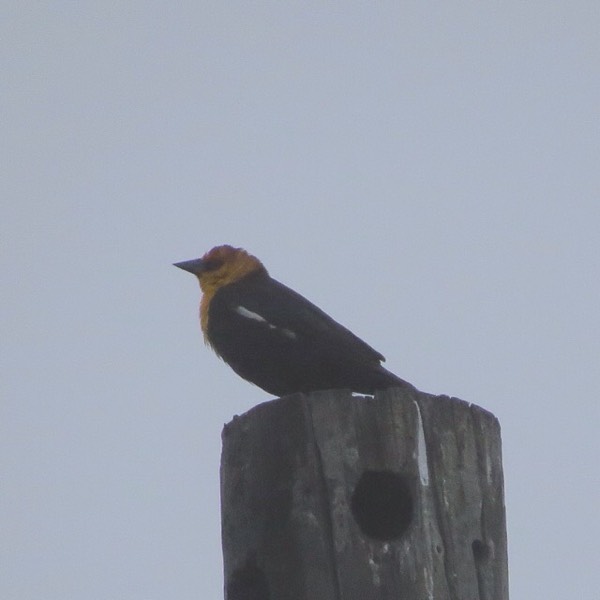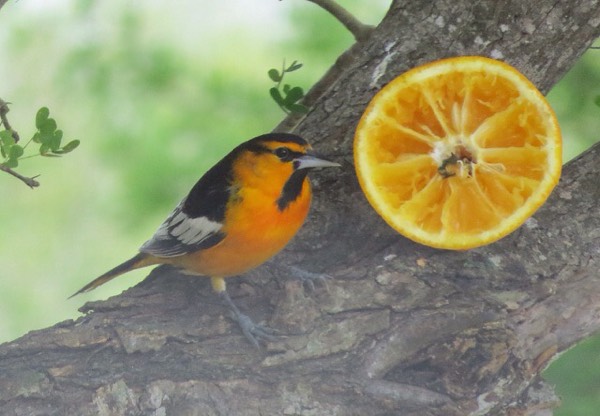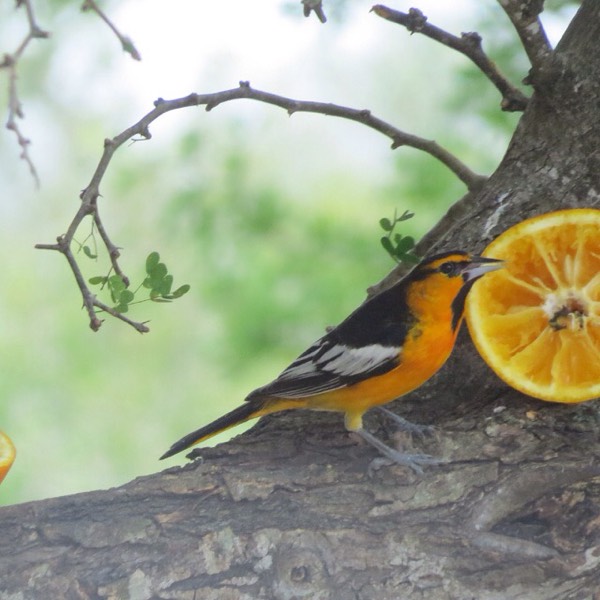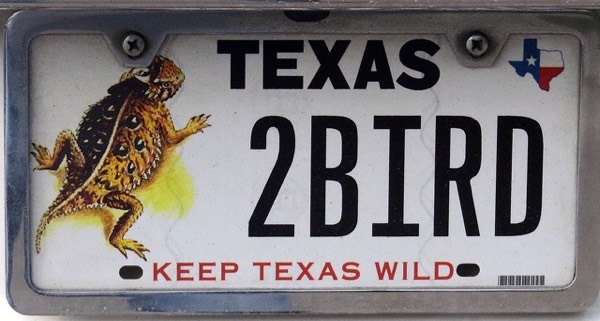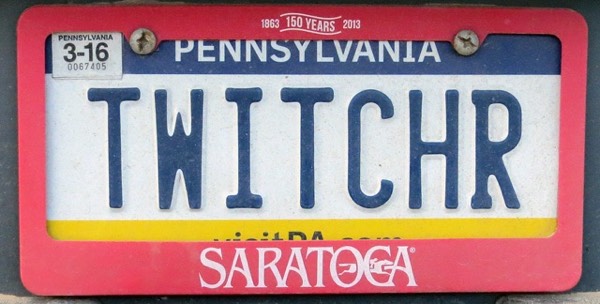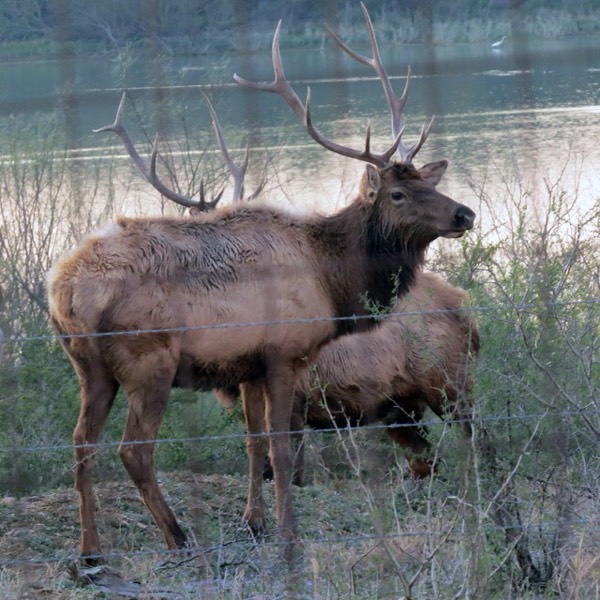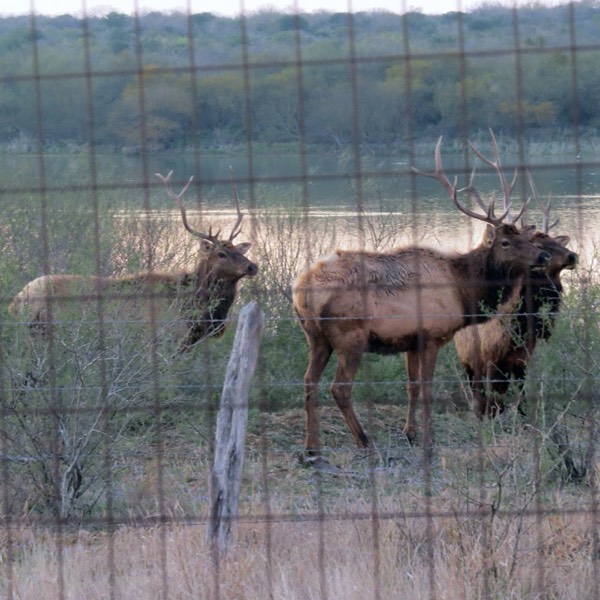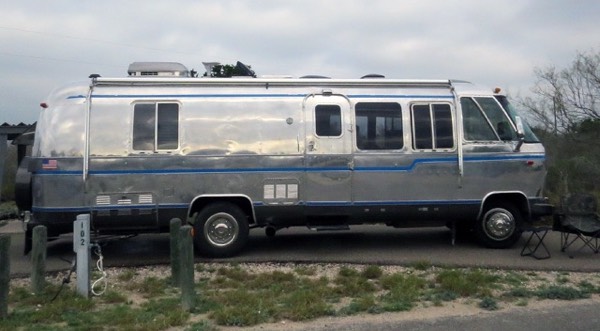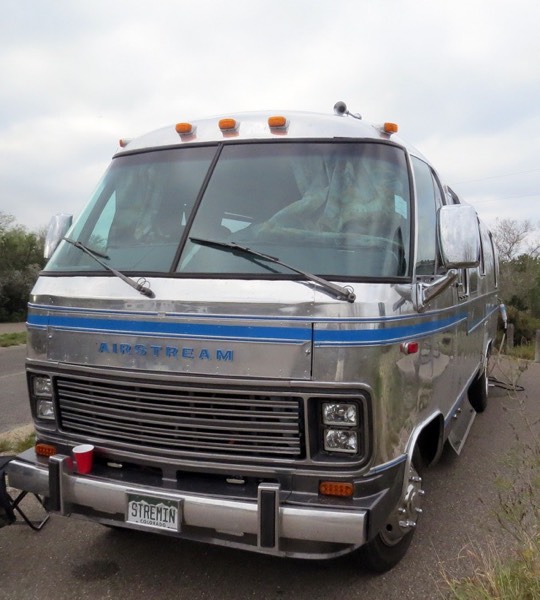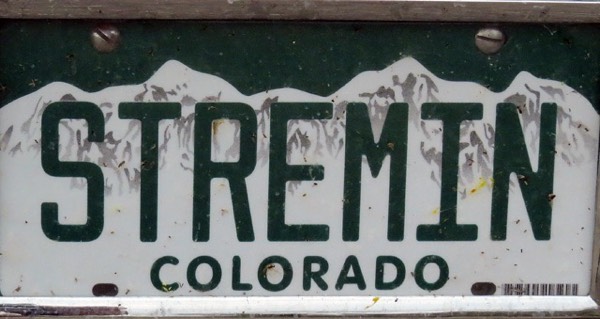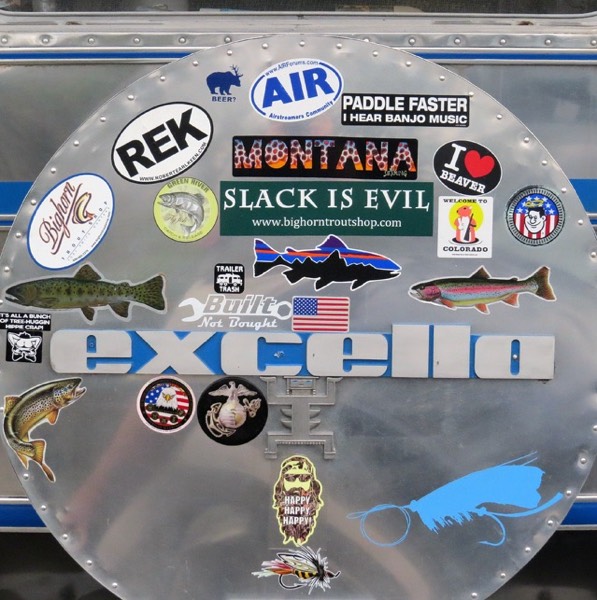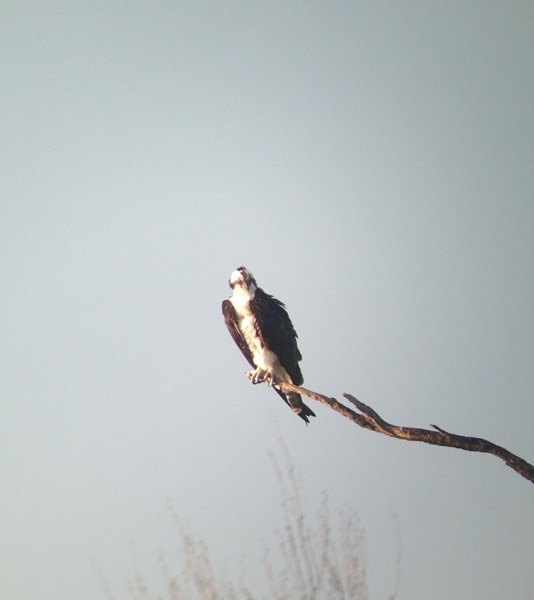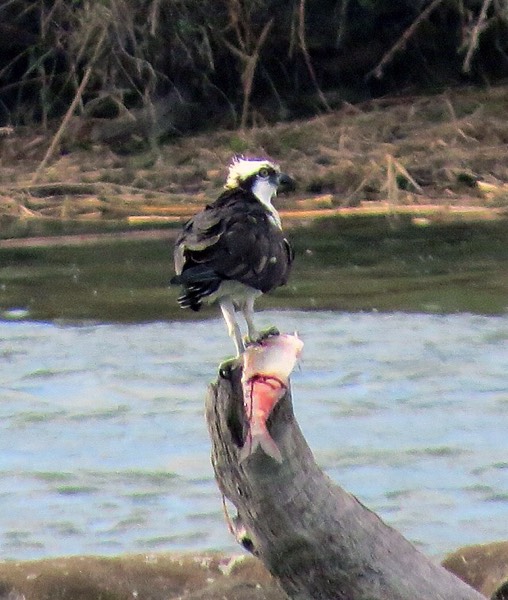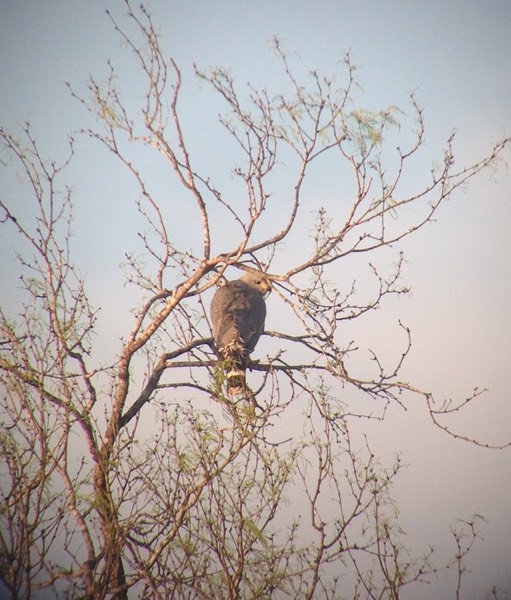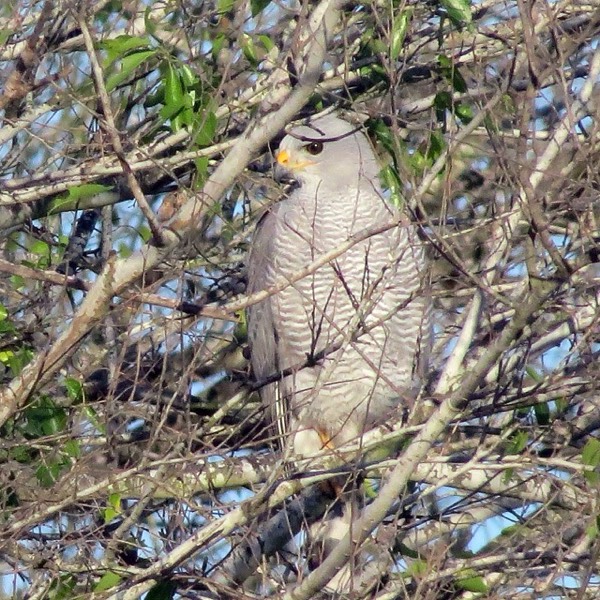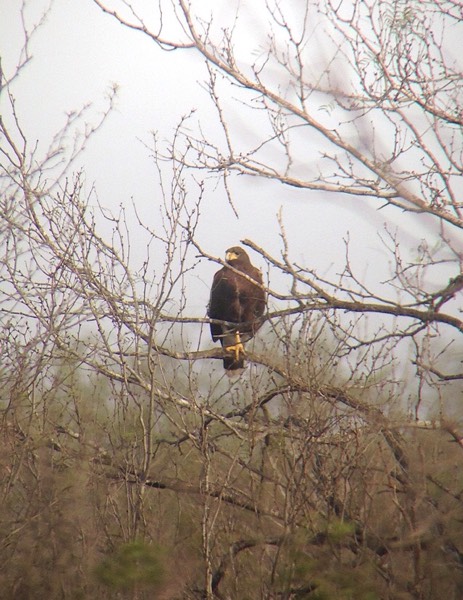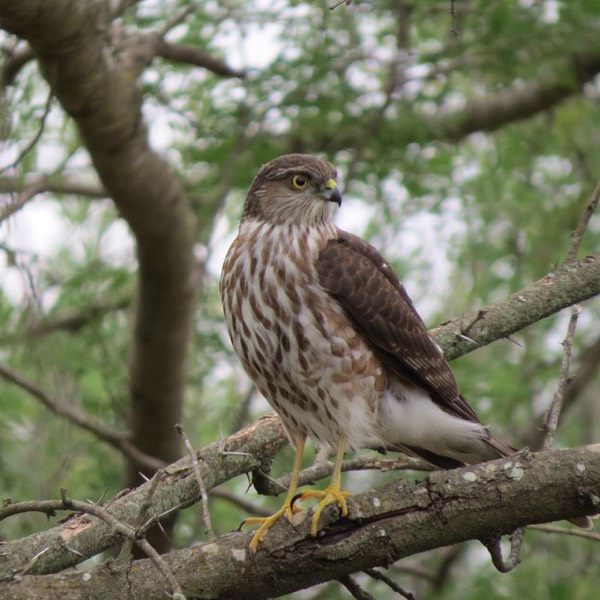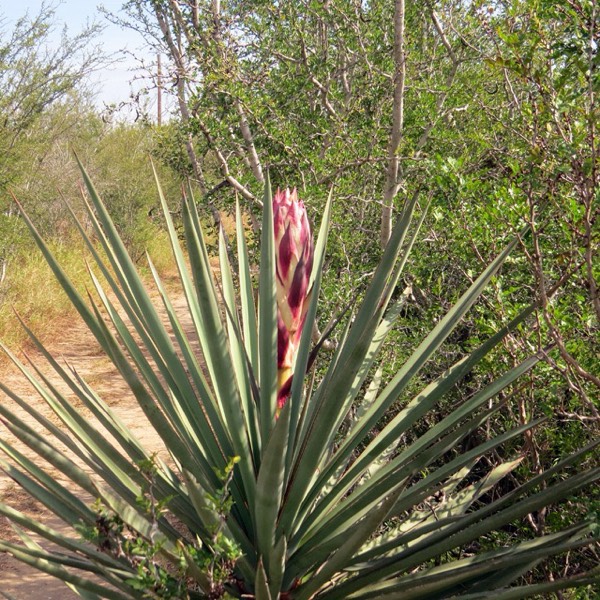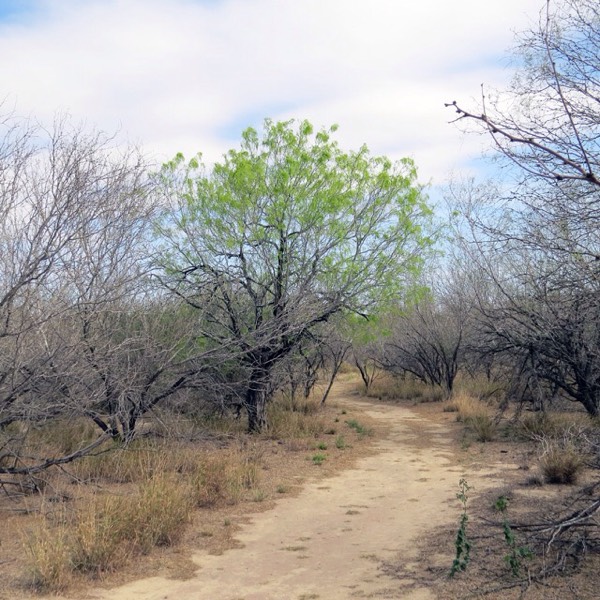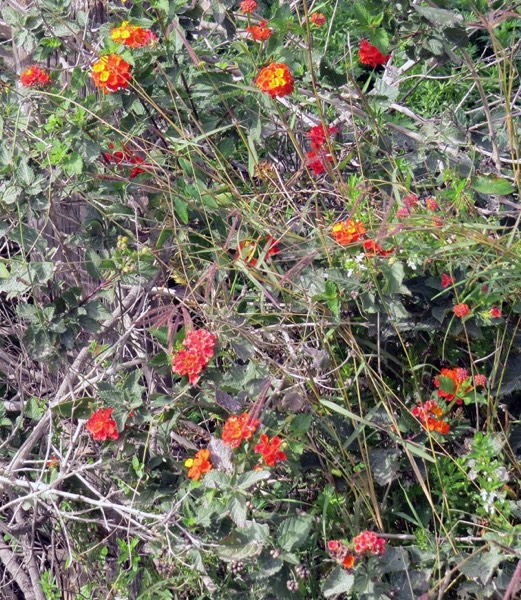I decided to document some of the wildlife I saw yesterday here at Falcon State Park as we prepare to move on. Here’s a Greater Roadrunner skulking through our back yard.
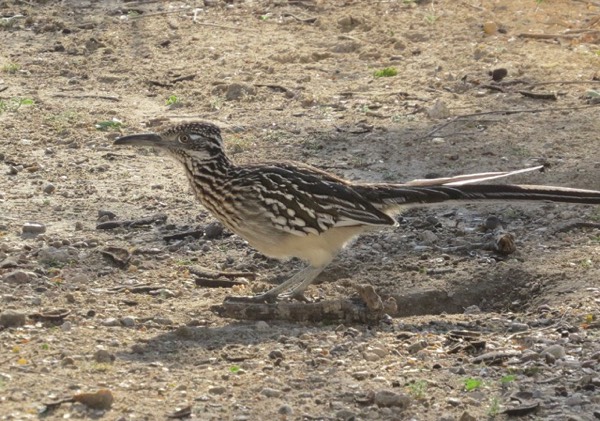
I took a brief drive down the nearby “dump road,” often a good spot for desert species and found this Harris’s Hawk perched quite a way off, but watching me.
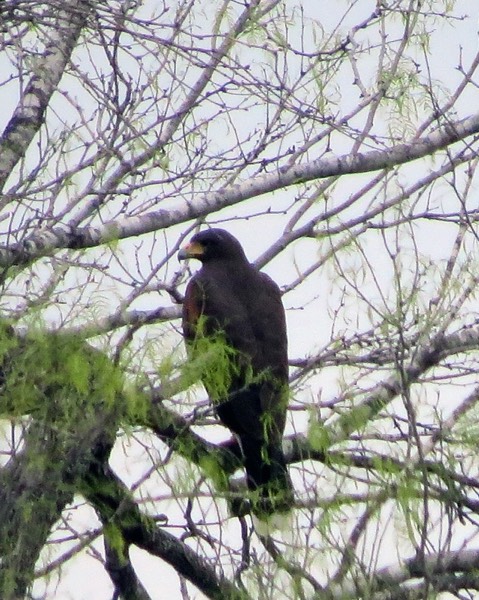
Just further ahead this Jackrabbit, the first I’ve seen, watched from behind a barbed wire fence.
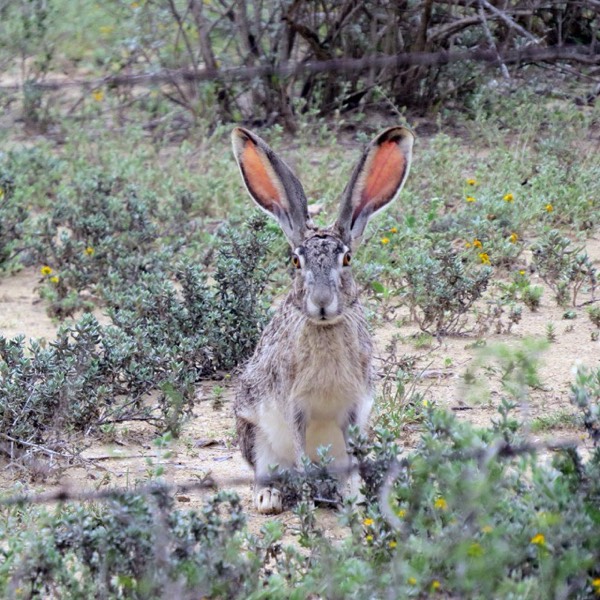
Driving back, I spotted this hawk perched beside the highway. Traffic being light, I stopped and took a few shots. I’m calling it a juvenile Redtail.
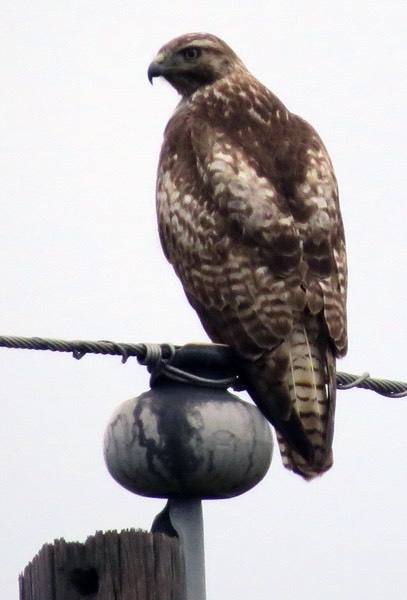
Later, on a dog walk, we encountered this gathering of Redwing Blackbirds chattering away. Each day this week, there has been a constant stream of blackbirds and cormorants heading northward.
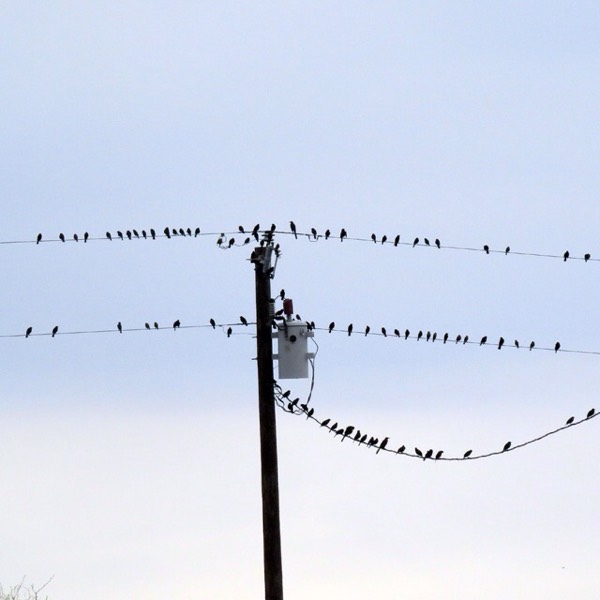
Last evening, while driving out to a spot with a reliable 4G signal, I saw a group of Javelinas crossing up ahead. This guy waited, as I slowed down, and stayed pretty well hidden.
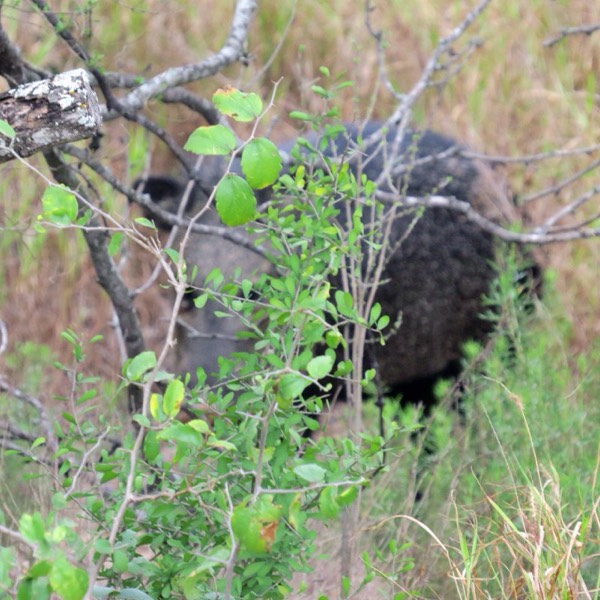
As I returned at dusk, this deer stood beside a speed limit sign on the park loop. The deer here look pretty healthy although their numbers are modest and unlike some parks, they are wary of humans.
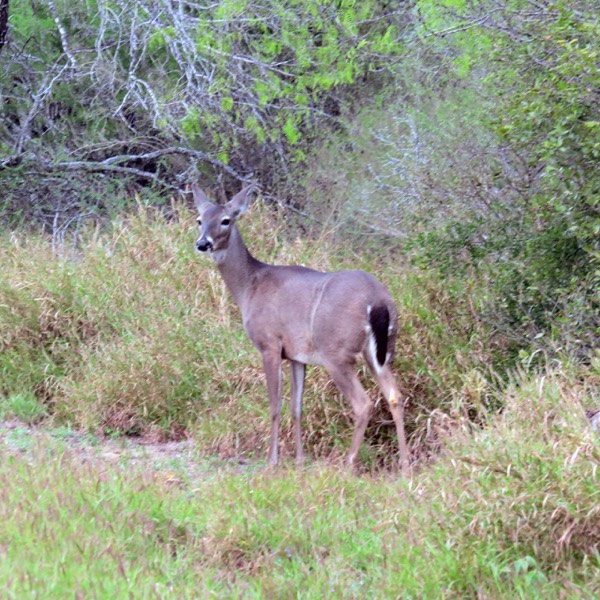
Since we’ve been here, I saw a bobcat crossing the road way up ahead one morning but have yet to see any of the many coyotes that live here. I’ve certainly heard them, sometimes rather close It is evident from the scat on the trails that there are many critters around. Penny, if I don’t watch her, is in hog heaven.

